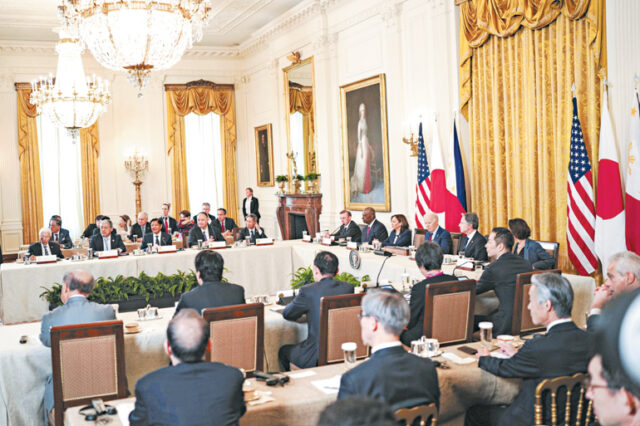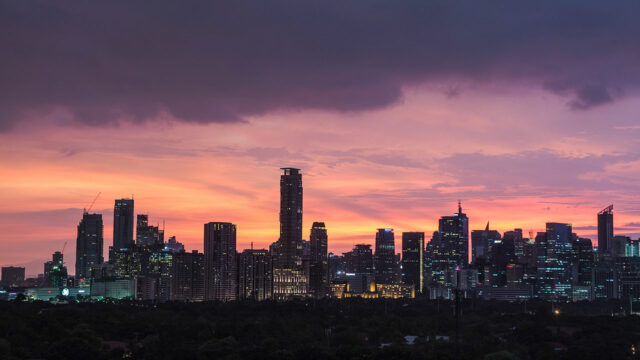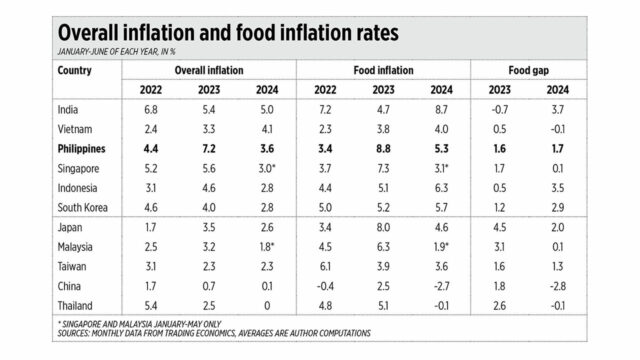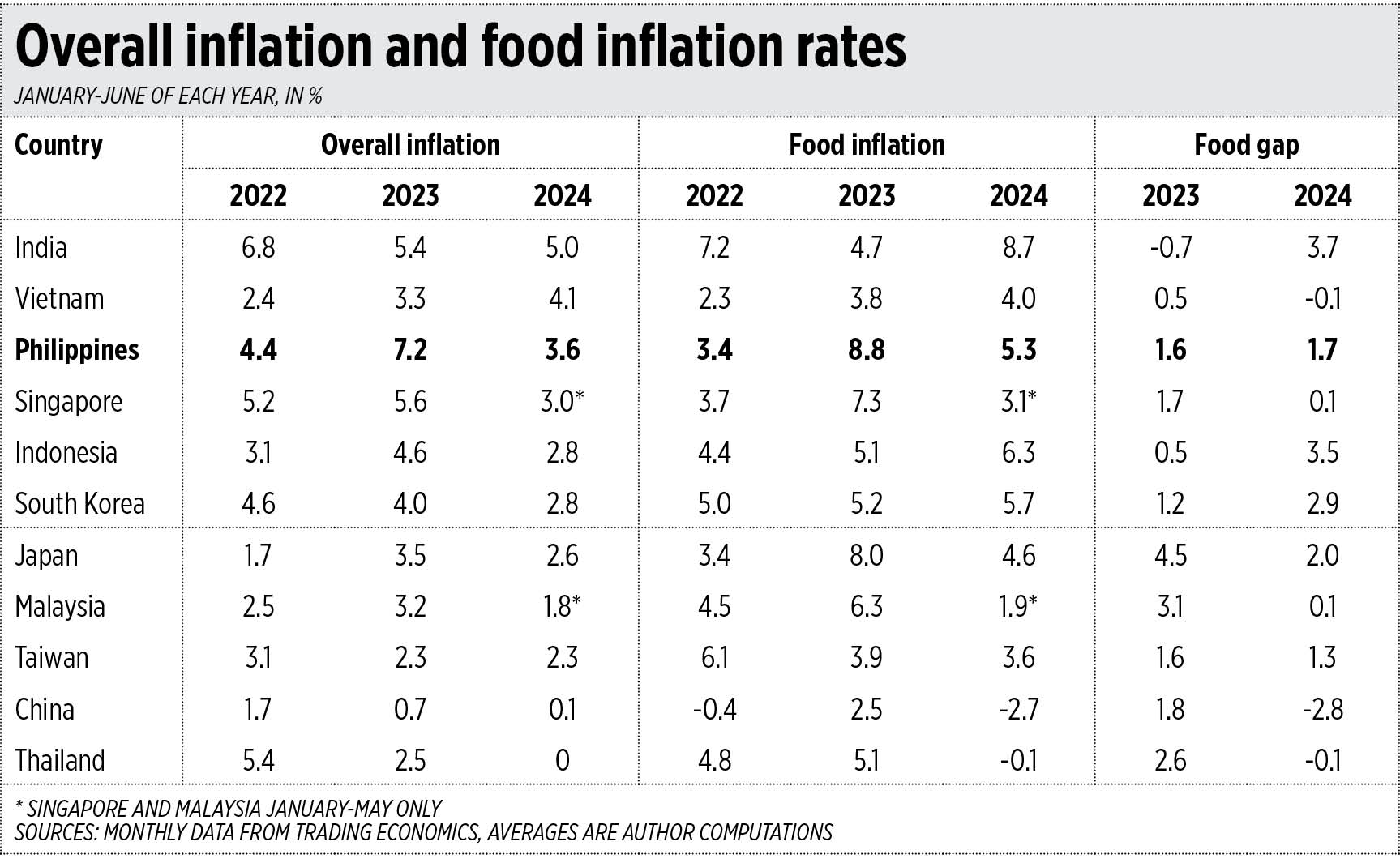IT IS common nowadays to see people wearing costumes of animated characters, superheroes, and video game characters in and around malls and convention centers. These people, called cosplayers (from the short form of “costume play”), range from hobbyists and animé enthusiasts to professional hosts and performers.
While the word cosplay was coined in Japan in 1984, referring to a niche in Japanese pop culture, it has quickly spread to other parts of Asia and even the Western world. In the Philippines, it has been around since the 2000s.
Following the COVID-19 pandemic, a plethora of mall events, pop-up markets, and fan conventions have been regularly held by multiple organizers, all catering to an apparent boom in fan culture.
THE NORMALIZATION OF FAN CULTURE
“When we first started organizing events in 2005, we knew there was a big market, but we didn’t expect to be overwhelmed by the growth we see now,” said Bryan Uy, an organizer at Ozine Events, in an interview with BusinessWorld at the sidelines of their pre-Tanabata Festival in Ayala Malls Manila Bay.
Ozine Events is the company behind local animé and cosplay conventions such as Ozine Fest and Otaku Expo, the latter of which will be held from Aug. 31 to Sept. 1 in SM Megamall.
While fan culture has existed for a while, Mr. Uy recalled the boom that occurred in the pandemic. He mentioned the game Genshin Impact and the animé series Spy x Family as examples of media that were major hits at that time.
“When we brought back our events after the lockdowns, we thought it would be the same people attending but just a bit more. Nagulat kami na ang daming nag-post na debut nila sa event namin (We were surprised to see posts online saying their cosplay debuts were at our events),” he said.
His brother Dennis and he started Ozine in 2005, one of the few animé magazines created in the 2000s when interest in animé was not yet mainstream. The company eventually expanded to include events.
These days, the Otaku Expo Tanabata Festival easily attracts thousands of Filipino cosplayers and otakus — “a person having an intense or obsessive interest especially in the fields of animé and manga,” according to the Merriam-Webster dictionary. Last year’s iteration at SM Megamall’s Megatrade Hall saw 170 artists put up tables selling their works and merchandise, causing Ozine to expand the event to three halls instead of the original two to accommodate the crowd.
“Halatang excited lahat lumabas at magpunta ulit sa events pagkatapos ng pandemic (It was obvious that everyone was excited to go out and go to events again after the pandemic),” said Mr. Uy.
Justin Daniel, a cosplay hobbyist who specializes in military-themed characters, is one of those who started dressing up post-pandemic, in 2022. He explained that many of them began going to events because of the new friendships built on shared interests online.
“I attend plenty of cosplay events,” he told BusinessWorld via Messenger. “As long as they’re within Metro Manila, I commute my way there.”
He is one of many cosplayers who attended both Ozine’s pre-Tanabata Festival in Ayala Malls Manila Bay and Cosplay.ph’s Animé and Cosplay Expo in Mall of Asia’s SMX Convention Center, held in the same weekend of July 20 and 21 (the two venues are just two kilometers away from each other).
“More and more people are comfortable with this hobby and what’s fun is we make new friends along the way,” Mr. Daniel added.
PASSION AND PROFIT
Ozine’s Mr. Uy said they organize free mall events and themed cosplay conventions throughout the year — pop idol, ’90s retro, school-themed, Halloween, circus-themed — to cater to many niches.
“Depending on the venue and sponsors, we get around 40 to 60 sellers,” he said. As an artist himself, he observed that entrepreneurs are getting younger and smarter. “I’m happy they sell their art so well at a young age, to the point that my own booth at our events can barely even reach their sales.”
With Ozine’s 20th anniversary coming up next year, he said that fans can expect bigger and better versions of the usual, like mall events, cosplay competitions, auctions, and even band contests. Malls now approach them to hold their events at their venues, knowing the crowds and business these bring.
“For us, when we see people having fun, we also feel the joy all over again. If you’re always thinking about making money, it won’t grow and it won’t work. We do this because we’re passionate,” Mr. Uy said.
Aire Xie, a cosplayer since 2012, started out as a hobbyist until her friends urged her to make money from her photoshoots and prints. Since 2023, she has been setting up booths at conventions, including AcadArena’s CONQuest, Cosplay.ph’s Cosplay Mania, and Ozine’s Otaku Expo.
In an online interview with BusinessWorld, she admitted that cosplay is expensive — the cost of a costume ranges from a minimum of P3,000 to five digits at the professional level — making it a privilege to do.
“Cosplayers were already kind of accepted before the pandemic, but it was not something you would see regularly in malls. Now, it’s more common to see people [walking] around in wigs and costumes for fun, and for professional cosplayers to be paid to do hosting and performing gigs,” she said.
With social media and streaming platforms now the norm, people are more aware and appreciative of animé, video games, superheroes, comics, and, of course, cosplay.
This has made the market more competitive, though it also provides opportunities to turn the hobby into a career, according to Ms. Xie. She cited celebrities like Myrtle Sarrosa as well as cosplayers who left their daytime jobs to pursue their hobby full-time, like Charess and Kitz Cua.
“There’s a lot of hype now. Cosplay is seen as cool,” she said. — Brontë H. Lacsamana














